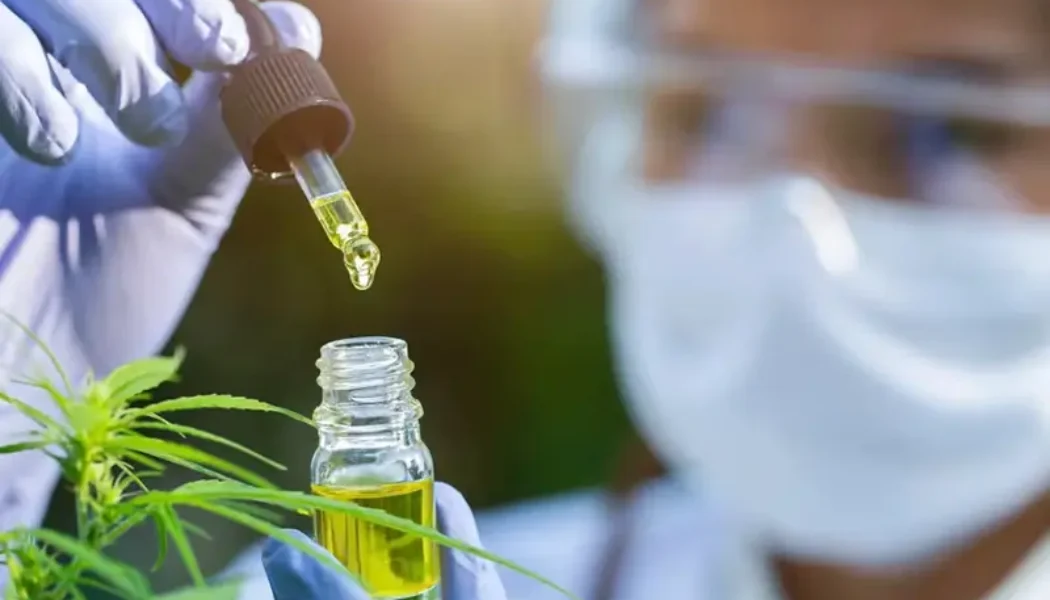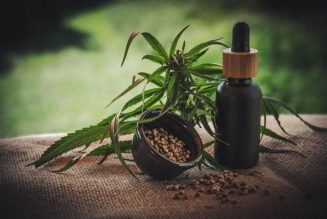A Better Way to Absorb CBD: New Formula Boosts Effectiveness and Shelf Life
CBD (cannabidiol), a compound found in cannabis and hemp plants, is becoming popular for treating various health issues. It has been shown to help with pain, inflammation, memory, and even certain mental health conditions. Most notably, CBD is used to reduce seizures in epilepsy patients and ease muscle spasms in people with multiple sclerosis (MS). In fact, the U.S. FDA has already approved Epidiolex, a CBD-based medicine for epilepsy, while another drug called Sativex is used in other countries to help MS patients and those experiencing cancer-related pain.
The Problem with CBD Absorption
Despite its benefits, CBD isn’t easily absorbed by the body because it doesn’t mix well with water. This makes it less effective when taken in its natural form. A 2019 study found that eating CBD with a high-fat meal helps absorption, but that’s not always practical or healthy.
A New Breakthrough
Scientists at the University of South Australia have found a way to improve how well CBD is absorbed by the body. They created tiny particles, called nanoparticles, that combine CBD with special fat molecules known as phospholipids. This new formula, called CBD-PLC, makes the compound dissolve in water much better.
The Results
Tests showed that after three hours, the CBD-PLC formula dissolved in water at a rate of 67.1%, a big improvement over regular CBD. More importantly, it was absorbed by the body 32.7% better than unmodified CBD.
Why This Matters
With better absorption, people may need lower doses to get the same effects, which could mean fewer side effects and lower costs. The new formula is also more stable, lasting much longer without breaking down when exposed to heat, light, or oxygen. Over 12 months, researchers found that it remained effective in temperatures ranging from 39°F to 104°F (4°C to 40°C).
What’s Next?
This breakthrough could make CBD-based treatments more effective for epilepsy and MS patients. The same technique could also be used to improve other medications that don’t dissolve well in water.
The findings were published in the International Journal of Molecular Sciences.



